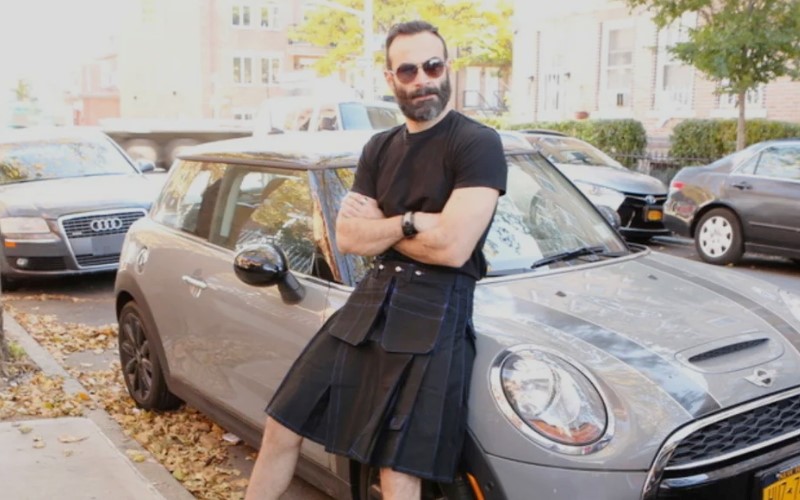Fashion is more than just the clothes we wear—it’s an ever-evolving form of art, culture, and self-expression. Throughout history, fashion has reflected the values, struggles, and aspirations of societies. From ancient garments to modern haute couture, what we wear tells a story not only about who we are but also about the world we live in.
Fashion as Cultural Identity
Every culture has its unique sense of style rooted in history, tradition, and environment. In India, vibrant saris and detailed embroidery tell stories of regional craftsmanship and customs. In Japan, the kimono embodies centuries of design and social etiquette. In the Middle East, flowing abayas and hijabs are not just religious garments but are increasingly becoming canvases for high fashion.
As cultures intermingle through globalization, fashion becomes a fusion of styles. Streetwear in New York might mix African prints, Japanese silhouettes, and European tailoring—creating something new yet rooted in cultural identity. This exchange fosters understanding and appreciation among different communities.
Fashion as Self-Expression
At its core, fashion is personal. It’s the most visible way individuals show their personality, mood, and beliefs. Whether someone chooses to dress in bold colors and patterns or minimalist black and white, their fashion choices communicate something without saying a word.
Fashion also empowers people to explore different identities. For teenagers and young adults especially, changing their style can be a form of self-discovery. Gender-fluid and non-binary fashion, for example, challenges traditional categories and encourages people to express themselves beyond labels.
Social media platforms like Instagram and TikTok have amplified this individuality. Influencers and everyday users alike create looks that mix high-end brands with thrifted finds, defining their own trends rather than following the runway. This shift has made fashion more democratic and diverse.
Trends and the Cycle of Fashion
Fashion trends are like waves—rising, peaking, and falling before often resurfacing in new forms. What’s trendy one season may be outdated the next, only to come back years later with a twist. Think of how 90s grunge, 70s flared jeans, or 80s power suits have made comebacks in recent years.
Fashion designers often draw inspiration from the past, blending it with current aesthetics and technology. The result? A constant reinvention that keeps the industry exciting. However, fast fashion has accelerated this cycle, producing new collections at an unsustainable pace and contributing to environmental concerns.
To combat this, slow fashion and sustainable brands are gaining popularity. They promote mindful consumption, use eco-friendly materials, and support ethical labor practices. Consumers are becoming more conscious of where their clothes come from and what impact they have on the planet.
Fashion and Technology
Technology has transformed fashion in ways unimaginable a few decades ago. From 3D-printed garments to AI-designed collections, innovation is pushing the boundaries of what fashion can be. Virtual fashion shows, augmented reality fitting rooms, and digital clothing for avatars are redefining how we engage with style.
Wearable tech is also on the rise. Smartwatches, heated jackets, and fabric that changes color with temperature are blending fashion with functionality. This intersection is not just futuristic—it’s practical and full of creative potential.
Fashion as a Business
Beyond art and self-expression, fashion is a global industry worth billions. It fuels economies, creates jobs, and influences other sectors like advertising, media, and entertainment. Luxury brands like Chanel, Gucci, and Louis Vuitton set trends and represent status, while fast fashion retailers like Zara and H&M make trends accessible to the masses.
With e-commerce and digital marketing, fashion brands have expanded their reach. Consumers can now shop from their phones, follow fashion shows online, and interact with brands in real time. This connectivity has changed the game, allowing niche designers and local boutiques to compete with global giants.
Challenges in the Fashion Industry
Despite its glamour, the fashion industry faces major challenges. The environmental toll of textile production, exploitation in garment factories, and the waste generated by fast fashion are urgent issues. Overconsumption and disposable clothing contribute to pollution, with many garments ending up in landfills.
Additionally, body image and representation in fashion have been long-debated topics. While progress is being made, the industry still struggles with inclusivity in terms of size, race, gender, and disability. Representation matters—not just in marketing but also in the design and production process.
Movements like body positivity, ethical fashion, and inclusive design are reshaping the industry. More brands are now casting diverse models, offering wider size ranges, and listening to consumer demands for change.
Conclusion
Fashion is far more than fabric and trends. It is a language of identity, a reflection of society, and a powerful creative force. From ancient traditions to cutting-edge innovation, fashion continuously adapts to express who we are and where we are going. As consumers, creators, and citizens, embracing a conscious and inclusive approach to fashion can ensure that its future is not only stylish but also sustainable.






